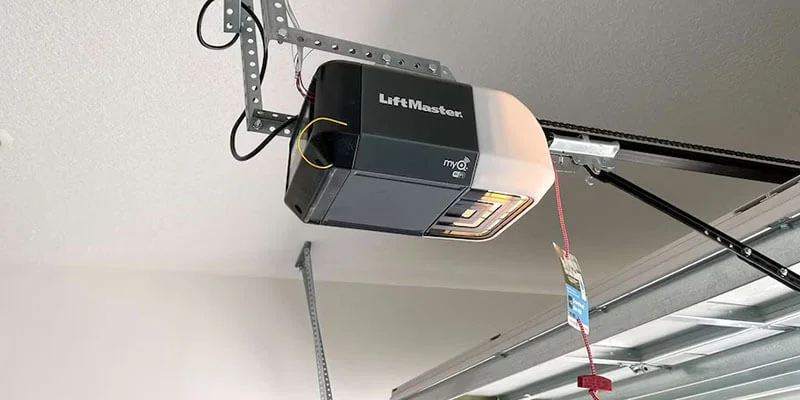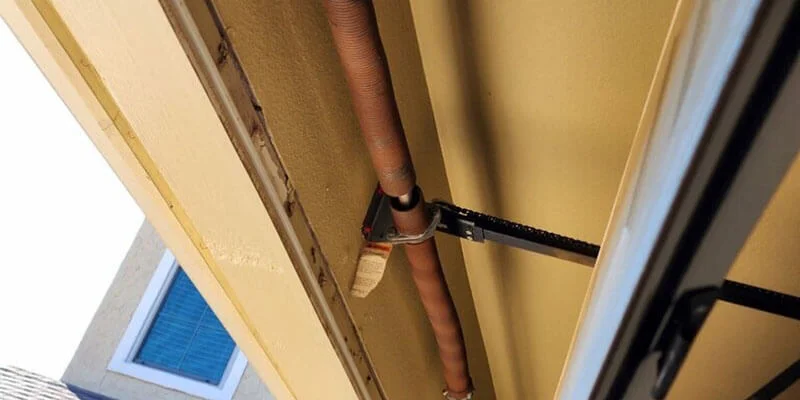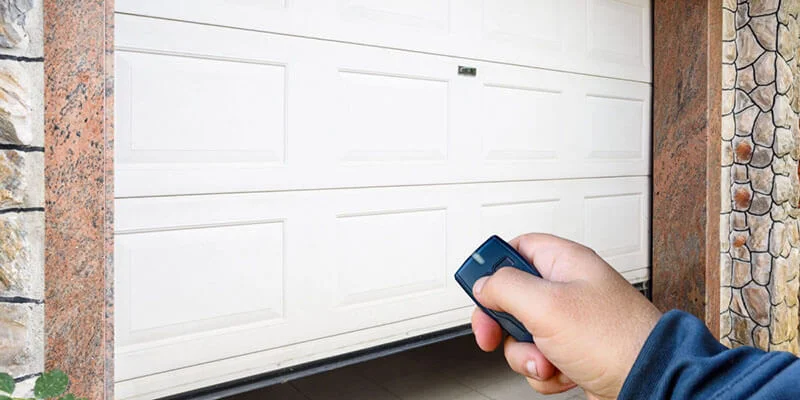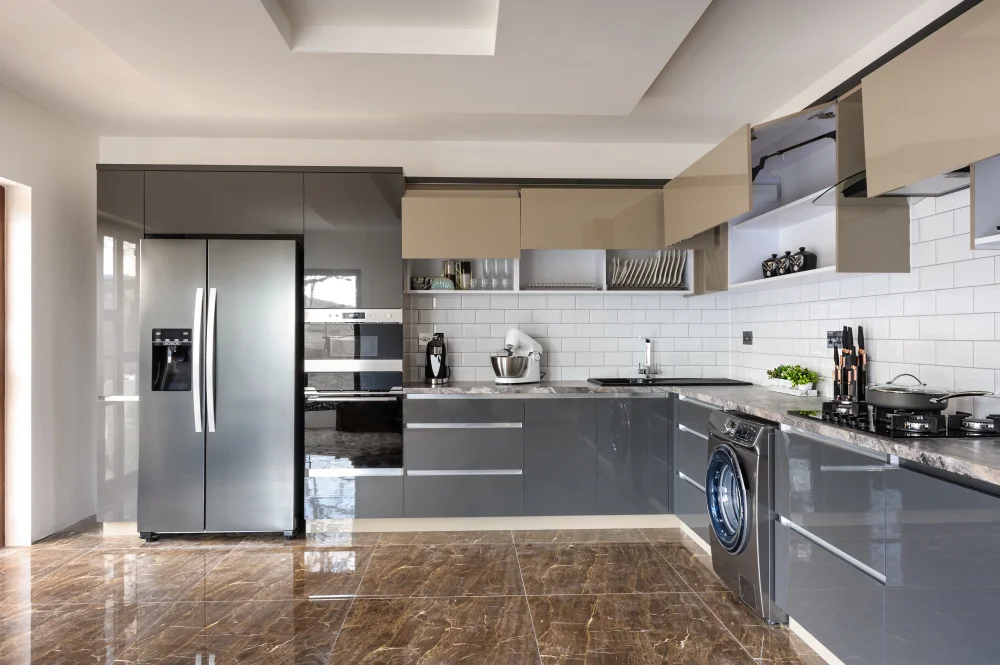Remodeling your basement can be an excellent investment whether you are selling your home or just need more space; however, not all homeowners possess the expertise or resources necessary to take on such an undertaking themselves.
Note that certain steps, like obtaining permits, require professional help. Also essential is clearing away items currently stored in the basement. Before you begin, it’s worth considering the hiring of a licensed, socially responsible basement renovation contractor who has experience transforming basements into comfortable and efficient living spaces. On complicated projects, a contractor often oversees demolition, material ordering, and subcontractor scheduling.
Start With a Plan
Planning is always the cornerstone of any renovation or remodeling project – no different for basements!
Determine your goal with your basement remodel; for example, will you simply be replacing old surfaces or doing more significant work like taking down walls or adding an additional bathroom? Your answers to these questions will determine the complexity of your project.
As part of your planning stage, it’s advisable to assess whether or not installing plumbing and electrical wiring will make your basement inhabitable. If this is necessary, permits and inspections will need to be applied for in order to meet building code regulations so your family can utilize this space.
Step two should involve finding a place for you and your family to store personal belongings during construction. Many homeowners have discovered that formal living rooms or garage storage work well; alternatively, services like POD can store larger items.
Decide on a Design
Planning a basement remodel requires careful consideration of every aspect of its design, from furniture placement and electrical outlet needs to considering storage solutions and any possible extra needs.
One of the most frequently undertaken basement remodeling projects is turning an unfinished room into a living area, providing more room for entertaining and relaxing – particularly for households with children. It may also serve as an extra bedroom or office if working from home is required.
if your basement will serve as an independent living space, installing a window for emergency egress is absolutely crucial. This ensures that if there is ever an accident or other emergency in the basement, a family can easily escape and safely evacuate in case of fire or another disaster. As with any construction project, safety must always come first when taking on such tasks, with protective clothing worn and suitable tools used throughout.
Start Building
A basement is a subterranean space that must comply with minimum building codes for egress, including having windows, fire sprinkler systems, and emergency escape routes installed.
Contractor inspection of foundation walls for moisture issues is also advised, which could become expensive and difficult to remedy later on. This step should especially be considered if there is a damp smell or visible mold indicating water or harmful elements within them.
As soon as your foundation is secure, begin framing walls. If using drywall, make sure it contains moisture-resistant materials. Next up is insulating your basement before applying drywall; doing it this way makes things much simpler – spray foam insulation or sheets of extruded polystyrene could do just fine for this task.
Install a ventilation system as part of the final steps in remodeling, but ensure it does not come too close to wood framing as this could cause drafts or even worse, mold growth.
Add a Bar
Bars are an increasingly popular addition to basement renovations, adding entertainment and fun for guests as well as providing a relaxing place for family. A bar should fit with your design scheme perfectly, using different materials for maximum impact.
One trend we are currently noticing is the incorporation of textured materials like brick or tile into bars through accent walls, backsplashes, or even the front of the bar itself.
No matter your goals for the space, safety must always remain top of mind. Make sure that you have all of the required tools and protective equipment prior to beginning any projects – such as gloves, goggles, and construction-grade rubber boots to protect you during construction – along with investing in a fire extinguisher, first aid kit, and installing egress windows as required by building code requirements.


















